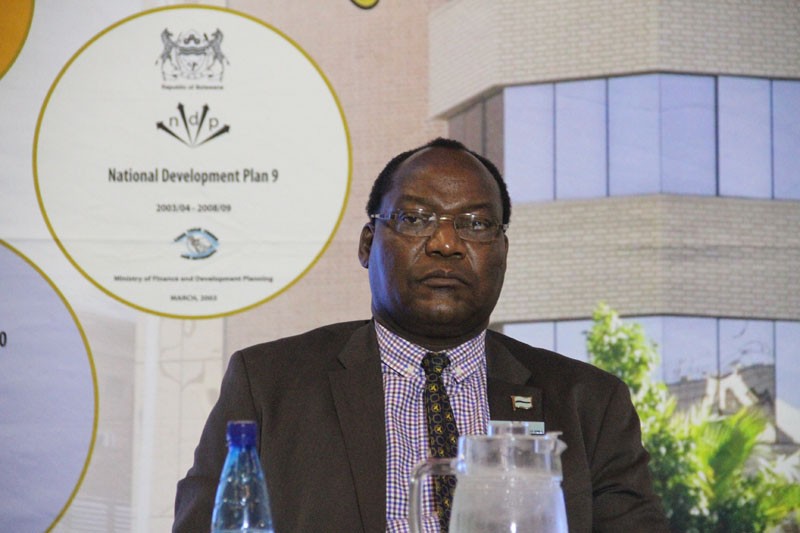Govt proposes P370bn NDP11 budget
Brian Benza | Friday May 13, 2016 15:13


According to the draft NDP11 document, whose contents were discussed at a consultative conference held in Gaborone this week, the development expenditure covers capital spending aimed at expanding the production capacity of the economy.
NDP11 kicks in next year covering the period from 2017 to 2022 to succeed the current NDP10 ending this year.
“With the implementation of the ESP, the development spending is forecast to remain relatively high in the first two years of the plan, resulting in huge deficits. “This situation is expected to improve in the second half of NDP11, resulting in a small cumulative budget balance of P2 billion at the end of the plan,” said Secretary for Economic and Financial Policy, Taufila Nyamadzabo.
During the plan, revenues are seen at P372.3 billion resulting in an expected slight budget surplus of P2.079 billion.
Nyamadzabo however said the cumulative budget balance might turn in a deficit at the end of the plan subject to the performance of the actual revenues against forecast.
Mineral revenues in NDP11 are projected to contribute between 33.8 percent and 36.4 percent while non-mineral revenues will contribute between 63.6 percent and 66.2 percent.
In a bid to promote fiscal sustainability, government plans to adopt a comprehensive fiscal rule whose main elements include financing recurrent budget from non-mineral revenues and splitting the spending of mineral revenues with 60 percent invested in physical and human capital and 40 percent saved as financial assets for future generations.
Government also plans to restrict total expenditure at 30 percent of GDP as well as maintaining a 70 percent to 30 percent allocation between recurrent and development budget.
However, according to Nyamadzabo, the component of financing budget from non-mineral revenues will not be achieved in NDP11, as non-minerals revenues will not be sufficient to cover recurrent budget.
“Mineral revenues will therefore be used to finance part of the recurrent budget as well as all of the development budget,” he said.
The target of investing 60 percent of mineral revenues and 40 percent savings will also not be achieved during NDP11, but Nyamadzabo says government is committed to a gradual move towards the target over the medium to long term in the NDP12.
While finding new growth sources to enlarge the size of the economy is a priority target in the new plan, figures show that the economic rate of growth has been slowing down over the years. According to the International Monetary Fund (IMF) for Botswana to return to the era of strong growth and accelerating the country’s convergence to higher income levels would require policies to reinvigorate total factor productivity (TFP) growth.
These include improving the quality of public spending, notably in public investment projects and education to ensure the transformation of diamond wealth into sustainable assets. Growth in labour productivity, as measured by value added per person employed, has been declining over the past two decades in the country from a negative of 1.45 in 1991 to a minus 1.64 in 2011. Under the NDP10 which covered the period 2009-2016, the economy performed slightly better than original forecast achieving a growth rate of 3.9 percent from a target of 3.3 percent with the non-mining sector having driven growth. The government budget in the current NDP10 is estimated to have posted a cumulative deficit of P6.37 billion (0.8 percent) with expenditure of P353.5 billion against revenues of P347.1 billion. An average economic growth rate of 4.4 percent is targeted during NDP11 from 3,8 percent in NDP10, but the growth rate is seen as not enough to address the country’s development challenges, which include poverty, income inequality unemployment.
